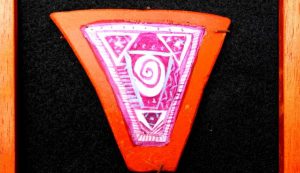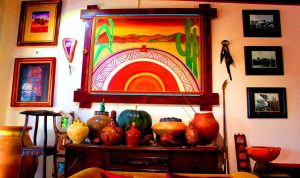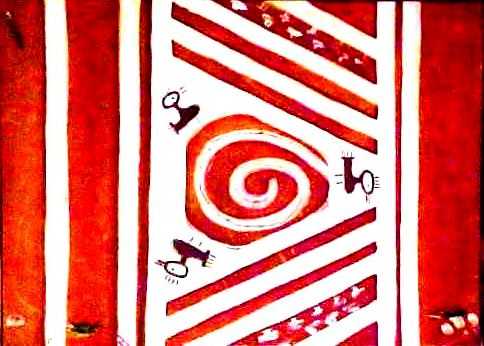Article by Etnia Nativa call us 592 2702 and book your experience!
Many ceramic designs series were found by archaeologists. These unique decorations define and epoch, a cultural identity and nations heritage. In Aruba’s case, islands Caquetian ancestors developed an original style classified as Dabajuroide by prehistory studios, named after the nearby city of Dabajuro, City and municipality in Southwestern Falcón State of Venezuelan.

The Dabajuro style is among the most complex works made in this region, influencing a former territory covering parts of North Western Venezuela including our ABC islands. Classical designs where made in red, black or white, but various forms of incision, stippling, and 3D works with applications where also created. Another peculiar and important category are the very large vessels, showing great technical skills in their elaboration. These have been found in association with burials, but most probably they were also used intensively in everyday life to store large quantities of liquids, seeds and roots. All pots and vessels are formed by hand (no use of potter’s wheel) in a coiling technique. The clay is tempered with crushed quartz particles. The larger size vessels demonstrate the mastery and Excellency of the Dabajuro potters: it is difficult to fire such a large vessel in a simple oven: as soon as temperature differences develop within the oven, such vessels will crack. The decorated pottery is thinner and of a very fine quality. Two main decoration techniques have been used, painted designs and applique modelling. The painted parts are manly darker as compared to the lighter-background or color of the vessel. Colors as brown, reddish brown, red and black were used. The other decoration technique is modelling. Ranging from simple motifs as corrugated rims, extra applique rings around the rim of the vessel, also complicated ones such as interpreting stylized animal heads, like frogs, bats, birds, turtles etc. Human heads, anthropomorphic effigy, vessels and complete stylized animals were also produced. It is evident that pottery was very important for islands sedentary Amerindians of the Ceramic Period. It was not only used for different daily uses, as mentioned above, but it also was used in burial practices, agro-religious as well as shamanic ceremonies. We conclude from this evidence that it had a very important place in the preparation of food and the ritual, symbolic, and religious life of the tribe. Designs that had inspired local artist as rock art and Dabajuro designs and folk stories.

To get to know more over Aruba’s and its origins, its animals and culture, we highly recommend you to book your visit for our renowned cultural encounter session has been entertaining curious participants for decades. Mail us at etnianativa03@gmail.com or WhatsApp 297 592 2702 to confirm your participation. Our facilities and activities take place close to high rise hotels.














